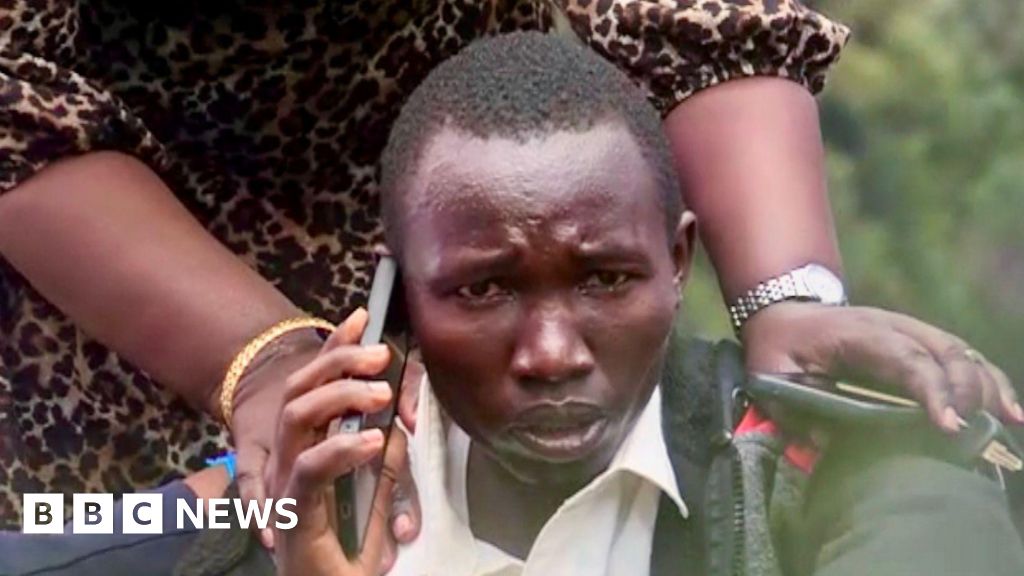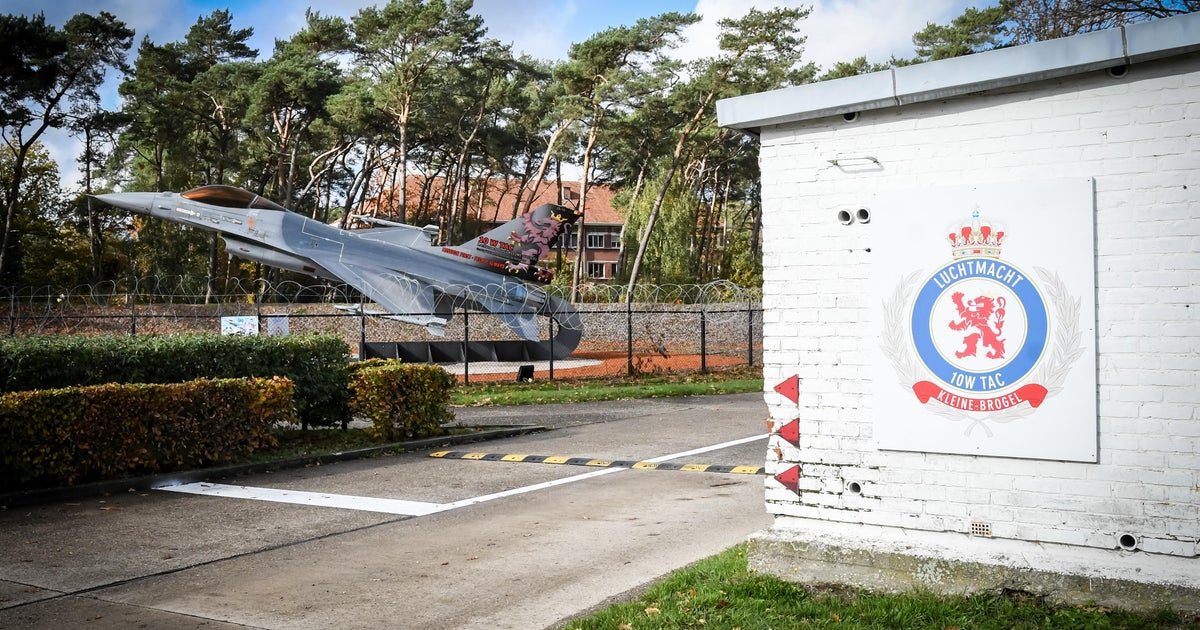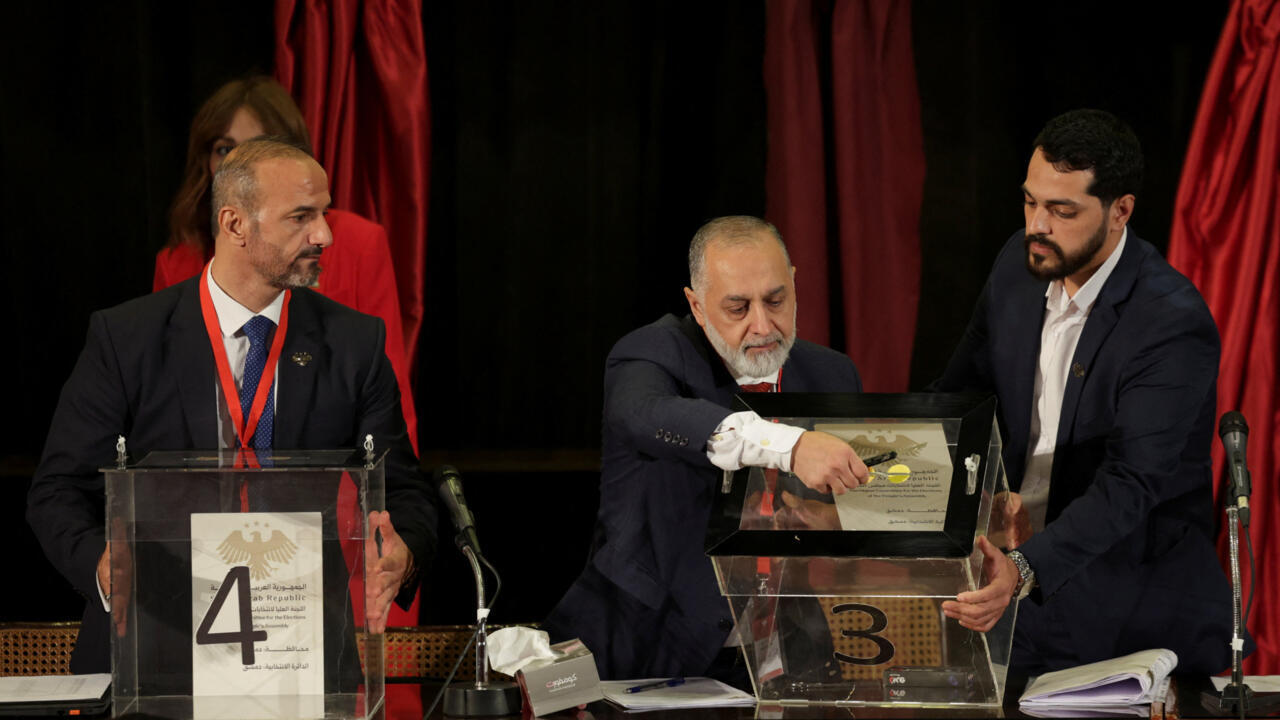 The Amazon River in Brazil. Credit: Jhampier Giron M
|
The 30th "Conference of the Parties" (COP30) to the UN Framework Convention on Climate Change (UNFCCC) will take place from 6-21 November 2025 in Belém, Brazil. It will bring together world leaders, scientists, non-governmental organizations, and civil society to discuss priority actions to tackle climate change. COP30 will focus on the efforts needed to limit the global temperature increase to 1.5°C, the presentation of new national action plans (NDCs) and the progress on the finance pledges made at COP29.
The Amazon River in Brazil. Credit: Jhampier Giron M
|
The 30th "Conference of the Parties" (COP30) to the UN Framework Convention on Climate Change (UNFCCC) will take place from 6-21 November 2025 in Belém, Brazil. It will bring together world leaders, scientists, non-governmental organizations, and civil society to discuss priority actions to tackle climate change. COP30 will focus on the efforts needed to limit the global temperature increase to 1.5°C, the presentation of new national action plans (NDCs) and the progress on the finance pledges made at COP29.VILLARS, Switzerland, November 3 (IPS) - As the world prepares for COP30 in Belém, all eyes are on Brazil’s proposed Tropical Forests Forever Facility (TFFF) – a bold plan to reward countries for keeping forests standing. It represents a vital part of the long-term vision we need for global forest protection.
But while TFFF builds the architecture for the decades ahead, a proven solution is already delivering results today through large-scale forest protection programmes – initiatives that link public policy, community leadership and carbon finance.
Known as jurisdictional REDD+ (JREDD+), these programmes are designed to mobilise finance now, where it matters most.
The world doesn’t have time to wait. Forests are disappearing at the rate of 10 million hectares a year. To stay on track for 1.5°C, UNEP estimates that tropical regions need $66.8 billion in annual investment in forests by 2030. The good news is that the framework to mobilise that capital is already in motion, through the Forest Finance Roadmap and a portfolio approach that aligns multiple, complementary tools – including TFFF, JREDD+, and restoration finance.
The roadmap is clear – and it’s already working
The Forest Finance Roadmap, launched by 34 governments and partners under the Forest Climate Leaders Partnership, provides a practical framework for aligning policy, capital and accountability. It recognises that no single mechanism can close the gap: we need a suite of solutions that reward both reduced deforestation and long-term forest maintenance.
That portfolio already exists in Brazil. The federal government’s commitment to launch TFFF demonstrates long-term ambition. Meanwhile, states such as Tocantins, Pará and Piauí – among others – are advancing JREDD+ programmes that can channel private finance directly to communities, Indigenous peoples and smallholder farmers – with independent monitoring, benefit-sharing, and verified results under the ART-TREES standard. Tocantins alone covers 27 million hectares across the Amazon and Cerrado, one of the most biodiverse yet threatened regions on Earth.
Why JREDD+ matters now
JREDD+ is a state- or nation-wide approach that rewards verified reductions in deforestation. It links finance directly to government policy and land-use planning, helping entire regions shift from deforestation to sustainable production. Crucially, it also ensures transparency, permanence and equity: credits are issued only after independent verification, and benefits are shared with local communities through Free, Prior and Informed Consent (FPIC) processes.
In practice, JREDD+ allows public and private capital to flow into credible, measurable results – the kind of results that investors, regulators, and communities can trust. It also provides the connective tissue between policies like the EU Deforestation Regulation and the voluntary carbon market, helping companies meet emerging disclosure requirements under TNFD and SBTN while supporting real-world impact.
Complementary, not competing
It’s tempting to frame TFFF and JREDD+ as alternatives. In reality, they are complementary – two sides of the same forest finance coin. TFFF will reward nations for maintaining low deforestation rates, creating long-term incentives for forest-rich countries. JREDD+, on the other hand, generates near-term performance-based finance for verified emissions reductions. Together, they form the backbone of the Forest Finance Roadmap’s portfolio approach: one tool builds long-term durablity, the other creates immediate impact.
This complementarity is already visible on the ground. In Tocantins, upfront investment from Silvania, the nature finance platform backed by Mercuria, has helped establish the state’s environmental intelligence centre (CIGMA), enabling real-time deforestation tracking, and supported more than 40 consultations with Indigenous and traditional communities. These investments are already helping reduce deforestation pressures and build the systems that will sustain long-term forest protection – exactly the kind of early action TFFF will later reward.
From promises to performance
As COP30 approaches, the conversation about forests must shift from ambition to execution. Brazil’s leadership – from national policy to state implementation – is already delivering a blueprint for others to follow. We have the plan. We have the proof of concept. What’s needed is action – to channel capital into JREDD+ now, while supporting the long-term vision of TFFF. Together, these approaches can close much of the forest finance gap by 2030 and anchor a new era of durable, high-integrity nature finance.
The world will gather in Belém to discuss the future of the Amazon. But the real test is what happens after. Whether COP30 is remembered as a turning point or a missed opportunity depends on how quickly we act on the solutions already in our hands
IPS UN Bureau
© Inter Press Service (20251103080457) — All Rights Reserved. Original source: Inter Press Service

 12 hours ago
2
12 hours ago
2










 English (US) ·
English (US) ·